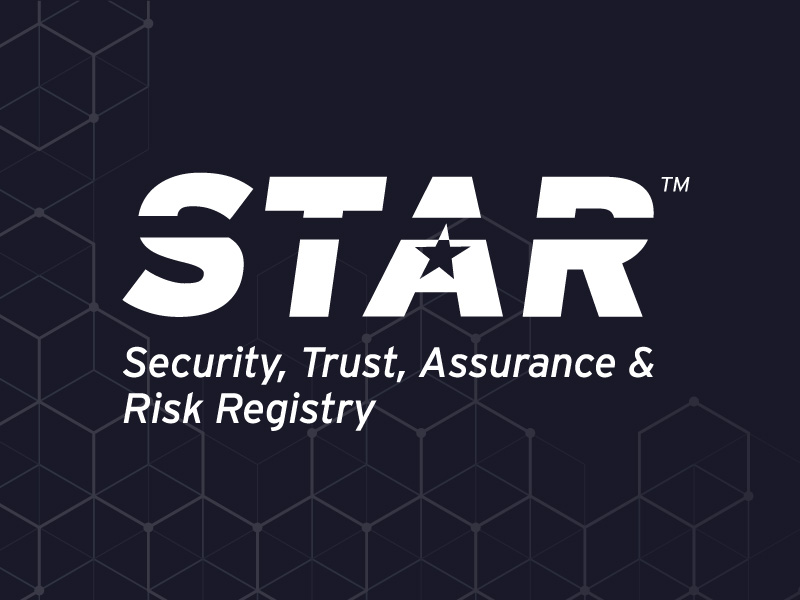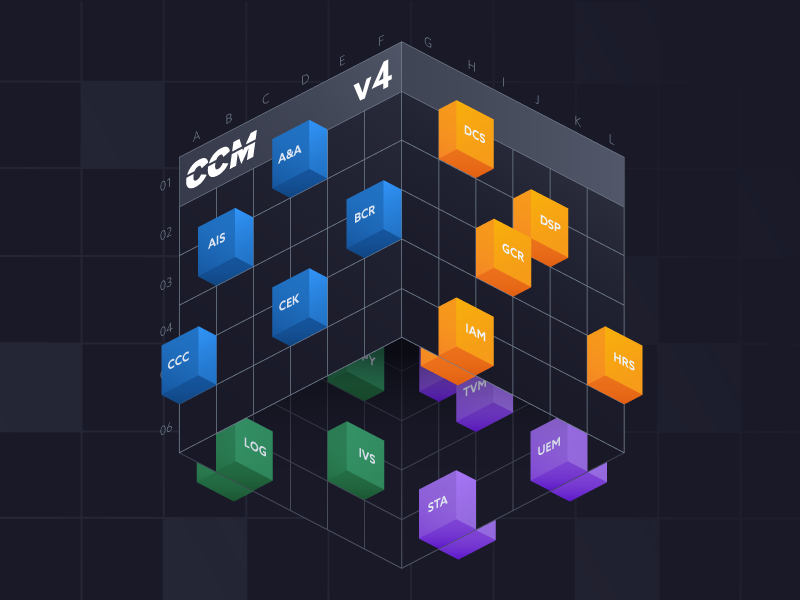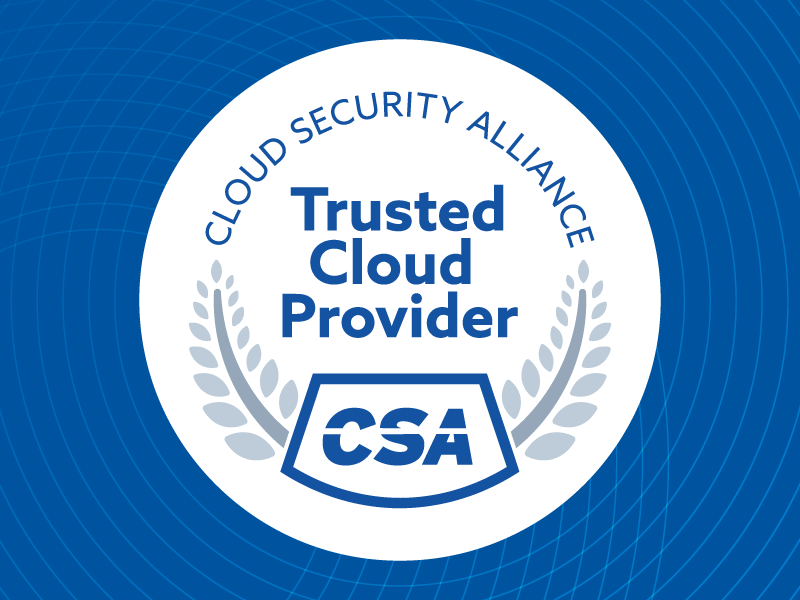Why MFT Matters for Enterprise Compliance and Risk Reduction
Published 05/05/2025
Originally published by Axway.
Written by Chandu Manda, Field CTO, Axway.
Compliance is no longer just a checkbox—it’s a moving target.
As organizations move toward automating and integrating B2B file transfers across cloud and hybrid environments, compliance is no longer just about following rules—it’s about securing an ever-expanding attack surface.
This is especially critical in highly regulated industries such as finance, healthcare, and the public sector, where file transfers contain sensitive financial transactions, personal health records, or government data. A single security gap or non-compliant process can result in millions of dollars in penalties, loss of customer trust, and severe regulatory consequences.
At the same time, C-level mandates are driving enterprises to modernize MFT services, fix security vulnerabilities, and migrate away from legacy, less secure vendors.
Many organizations can no longer afford to patch outdated solutions or rely on disconnected, non-compliant file transfer tools. The new wave of MFT transformation is about ensuring security, compliance, and cloud readiness at enterprise scale.
Here’s a look at evolving compliance requirements and challenges, and how secure Managed File Transfer is helping organizations around the world keep up with stringent standards while streamlining their operations.
Modern compliance challenges require modern solutions
The threat landscape is evolving faster than ever. With the widespread availability of AI-driven cyberattacks, and the increasing scale of cloud-based file exchanges, enterprises are struggling to balance security, compliance, and operational efficiency.
CIOs and CISOs are now being held accountable for ensuring that their MFT infrastructure meets stricter security policies, prevents unauthorized access, and supports compliance-driven automation. But legacy MFT solutions—many built decades ago—lack the latest security and governance controls, flexibility, and reliability the cloud demands given today’s threat environment.
Regulatory bodies worldwide—including the European Union (NIS-2, DORA) and U.S. cybersecurity agencies (CISA)—are tightening enforcement on data transfer security.
See also: Navigating data governance to meet privacy and sovereignty regulations
Meanwhile, frameworks like PCI DSS and Essential Eight mandate strict controls over file exchanges in sectors like finance and healthcare. Enterprises relying on legacy MFT solutions risk falling behind, facing non-compliance penalties, and exposing their systems to cyber threats.
Adding fuel to the fire, reactive cybersecurity measures leave enterprises vulnerable and disrupt their operational capacity if they don’t have enough insight into identifying and predicting incidents.
This is a scary trend when the mean time to identify and contain the data breach has averaged around 10 months for the last 5 years – and the cost per breached record is now around $160. That means each data breach amounts to multi-million-dollar data theft!
To keep up, organizations need an enterprise-grade MFT platform that ensures secure, scalable, and compliant file exchanges—while eliminating the risks of outdated infrastructure.
How can MFT help your organization manage compliance?
Managed File Transfer (MFT) can help reduce risk drastically for data integration between applications, external trading partners, and services by consolidating all the data communication to secure, automated, and reliable exchanges.
Especially in industries with strict regulatory requirements (such as financial services, healthcare, pharmaceuticals, and the public sector), MFT isn’t just about moving data securely. It’s about ensuring:
- Regulatory adherence (PCI DSS, NIS-2, DORA, HIPAA, GDPR, ISO 27001)
- Operational resilience (proactive security, monitoring, and SLAs)
- Audit readiness (detailed tracking, logging, and reporting)
Operationally, a trusted, enterprise-grade MFT solution helps organizations:
✅ Encrypt sensitive data in transit and at rest to prevent breaches.
✅ Apply granular role-based access controls (RBAC) to limit exposure and enforce least-privilege principles.
✅ Monitor, log, and audit every file transfer for complete compliance oversight.
✅ Automate security policies to prevent manual errors and reduce operational risks.
Many enterprises today face a critical decision:
Continue patching legacy MFT solutions (and risk compliance failures)? Or migrate to a modern, secure, and cloud-ready MFT platform?
C-level mandates around security modernization and cloud-first strategies mean that organizations must act now to avoid being caught off guard by compliance violations or cyber threats.
Mitigate risks today with MFT best practices
There are several “attack vectors” a good security program will minimize. Here are some of the most impactful ones.
The threat of the malicious insider is probably the most significant impact when it comes to vulnerable data. The castle and moat architecture inherently trusted everybody inside the castle door. MFT allows you to reduce the attack surface by limiting access to the storage, and utilizing storing data in an encrypted state at rest to prevent bad actors from holding data hostage.
Unpatched vulnerabilities are highly unlikely, but they can cause significant downturn. Trusting a vendor with weaker security practices is inviting trouble.
Zero-day vulnerabilities in software libraries were widely reported in the media last year. As the name suggests, these security flaws are unknown to the developers and can cause heavy damage.
Any malware introduced by a hacker who discovers this vulnerability opens the door for large-scale extortion. Often, it’s too late if you are not prepared, which was evidenced by ‘pseudo’ zero-day attacks owing to ineffective patching by software/service providers.
There is huge potential for artificial intelligence to assist in identifying these behavior-based anomalies. It is important to have visibility into user and operator activity, so you can build operational intelligence at the enterprise level.
Misconfigurations are every developer’s nightmare. Building software systems from the ground up with least-privileged access is probably the first step to survive this upheaval around data security.
It is necessary to put in governance controls to classify and monitor the data, access patterns, and authorize usage using time-sensitive or multi-factor schemes. This is a very common issue faced by every enterprise and has a direct impact on the sensitive nature of the data – whether it is leaving network ports open (or weaker controls) or leaving data unencrypted at rest, the damage is heavy.
MFT prevents these by enabling stringent login/authorization policies for accessing data. MFT also allows for better automation of the data exchange, reducing the human errors that could be catastrophic.
Lastly, organizations have to deal with the most common threat of stolen credentials as evidenced by the recent social engineering disaster at MGM resorts. We’re talking about upwards of $100M lost from a single attack, which also leaked their customers’ personal data. Even identity providers are not safe from this vector.
How do you protect your customers’ data, then?
Holistic security requires a combination of tools and process
Unfortunately, this is a multi-dimensional threat that is not solved by any single tool or a product. MFT is a must-have, but this is also where frameworks such as Zero Trust network segmentations and architectures can bring in the dynamism required to protect against the threats.
Transient privileges, multi-factor authentication schemes, and consistent monitoring to predict threats based on user behaviors will need to be put in place.
The key takeaway here is to automate MFT workflows in all aspects:
- Automate your file exchanges
- Automate your file integration needs across different types of data
- Automate the configuration required for deploying the software, paving forward to a zero-downtime architecture
- Automate required software patching, or better yet, outsource this concern to a managed service provider to run your critical data exchanges in a secure, reliable, and compliant manner
- Automate the monitoring so your SIEM solutions can help you with threat intelligence.
With regulatory deadlines looming and enforcement increasing under PCI DSS, NIS-2, DORA, and CISA, businesses need to ensure their MFT strategy is fully compliant, resilient, and secure.
About the Author
 As Field CTO for Axway's Managed File Transfer product line, Chandu provides guidance to both internal and external stakeholders, ensuring the MFT solution meets customer needs of today and tomorrow. He actively contributes to the product roadmap, leveraging his market knowledge to drive innovation and enhance the solution's functionality.
As Field CTO for Axway's Managed File Transfer product line, Chandu provides guidance to both internal and external stakeholders, ensuring the MFT solution meets customer needs of today and tomorrow. He actively contributes to the product roadmap, leveraging his market knowledge to drive innovation and enhance the solution's functionality.
Throughout previous roles, Chandu has delivered scalable & robust enterprise solution architecture in the integration space with a strong focus on customer centricity.
Chandu has a master’s degree in management information systems from the reputed Eller College of Management, University of Arizona.
Unlock Cloud Security Insights
Subscribe to our newsletter for the latest expert trends and updates
Related Articles:
When OAuth Tokens Go Rogue: Lessons from the Salesloft–Drift Breach
Published: 10/08/2025
How Event-Based Identity Management Can Enable Dynamic Security
Published: 10/08/2025
What Does Quantum Computing Mean for MFT?
Published: 10/07/2025






.jpeg)
.jpeg)
.jpeg)
.jpeg)